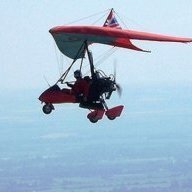-
Posts
2,673 -
Joined
-
Last visited
-
Days Won
32

kasper replied to Oshkosh Demos's topic in AUS/NZ General Discussion

kasper replied to Oshkosh Demos's topic in AUS/NZ General Discussion

kasper replied to APenNameAndThatA's topic in Student Pilot & Further Learning

kasper replied to SpannaChucka's topic in AUS/NZ General Discussion

kasper replied to farri's topic in Other Rec Aircraft

kasper replied to kasper's topic in Aircraft Building and Design Discussion

kasper replied to Marty_d's topic in Aircraft General Discussion

